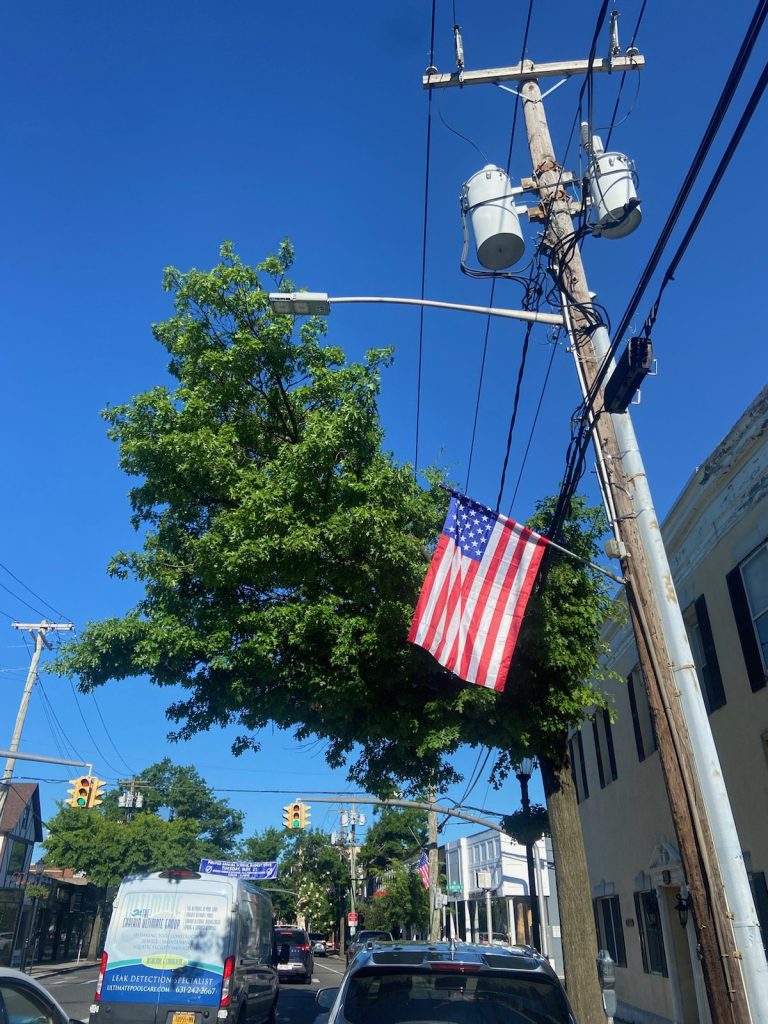
By Hildur Palsdottir
This summer we can anticipate record-breaking heat events as the El Niño effect exacerbates already rising global temperatures. In April, Berkeley climate scientists released a statistical analysis in Geophysical Research Letters, predicting we will witness record-breaking extreme heat and humidity this summer.
This combination of high heat and high humidity can be deadly for the human body. Handling dry heat is easier for us because we sweat to cool ourselves down. Warm air holds more moisture, and the more humid it is, the less sweat evaporates, magnifying the negative health impacts from warming. Heat-related mortality is on the rise. In 2022, the New York Health Department reported 370 deaths due to heat-related stress; this summer we may lose more lives.
Cities warm faster than rural areas during extreme heat events. “Urban Heat Islands” are created by human-made structures such as blacktops, tar roofs, roads and buildings. These structures amplify local warming by absorbing heat from incoming solar energy and re-emitting it. The darker the surfaces the greater the local warming effect.
Daytime temperatures can be up to 7 degrees Fahrenheit warmer in these urban heat islands compared to adjacent green areas, while nighttime temperatures are around 2-5 degrees higher. According to Dr. Andrew Reinmann of the Advanced Science Research Center at CUNY, the UHI effect alone accounts for 3-8% of the electricity demands in the United States.
The UHI effect increases the cost of cooling homes in summer, further accentuating the equity issue in disadvantaged communities (DAC) that typically have less greenery and more pollution.
In many of these communities, poverty may prevent residents from paying their utility bills on time, leaving them even more exposed and vulnerable in extreme heat events. Children and the elderly living in these disadvantaged communities are most at risk this summer. DAC residents suffer disproportionately from negative health impacts due to a warming climate.
Earlier this year, New York Gov. Kathy Hochul promised to invest in the planting of 25 million trees by 2033. Part of a three-pronged approach to support natural resilience within New York’s ecosystems, this investment in tree planting prioritizes urban areas with emphasis on how green infrastructure can help mitigate extreme heat in disadvantaged communities.
The tree canopy is namely our best ally in a warming climate, especially in urban and suburban areas. Trees help mitigate the urban heat island effect. Tree-lined streets immediately lower the temperature experienced by pedestrians. A healthy tree canopy performs critical ecological services, while also offering economic benefits, such as lower home cooling costs. Trees help in a myriad of ways; mitigating stormwater management, regulating both air and noise pollution, and naturally regulating humidity.
The complicated relationship between meeting human needs while also supporting our tree canopy requires new, green and innovative solutions, like burying or moving power lines so that the tree canopy can grow uninhibited aboveground.
I’m still stuck on the fact that a few years ago two dozen healthy, mature native trees were removed to make space for sidewalk repairs and brick islands in the middle of Main Street in my town without proper climate reparations.
This type of Main Street “revitalization” as it was called by the town at the time must be followed by active afforestation for mitigation of the harm done to our microclimate. Planting of biodiverse and dense microforests in open areas must be a priority on Long Island. Trees are important climate regulators.
We are, after all, living on a sand deposit left behind when glaciers melted not so long ago in geologic time. We need all the roots we can plant to fight erosion and hold our vulnerable island together in this rapidly changing climate.
Let’s invest in expanding our tree canopy, not cutting it down. There are federal and state grants available for this purpose. We should dedicate more open areas to reforestation and afforestation and actively seek solutions to a warming climate in the way we steward and manage our urban forests.
We need to invest in infrastructure modifications, move power lines where they’re wrapped around tree canopies, transform two-way streets into unidirectional streets with wider sidewalks and larger tree beds. Enhanced public transport solutions can mitigate traffic jams. And we should be planting more trees!
As relentless overdevelopment continues to threaten our tree canopies, we should bear in mind the harmful consequences deforestation has on public health and climate. We can’t expect to meet the challenges of a changing climate while we keep clearing the canopy to make space for more buildings, parking lots and other human-made structures.
Green infrastructure is our most important ally in a warming climate. In preparation for what’s likely to be the hottest summer on record, we need to save every tree we can. Planting the right tree in the right place will leave a lasting legacy of climate resiliency.






